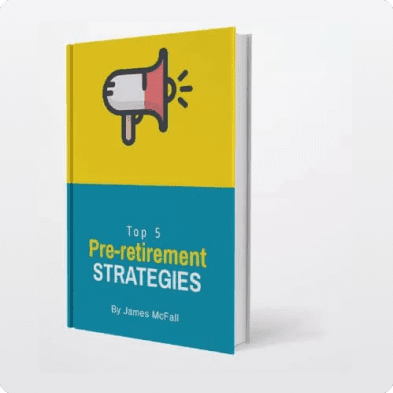A Yield Client Case Study 
Property
Eliminated debt by selling one property.

Retirement
Receiving full pension payments.

Superannuation
Identified more affordable options, for savings over time.

Property
Eliminated debt by selling one property.

Retirement
Receiving full pension payments.

Superannuation
Identified more affordable options, for savings over time.
We recently completed a retirement plan for long term clients of ours. Successful property investors, they were interested in advice on whether they should sell one of their properties to eliminate debt or if carrying the debt into retirement was the most appropriate solution.
The husband was fortunate to have worked in the government education system and to have what is now a legacy Defined benefit scheme for his superannuation, which they wanted advice on the pension/lump sum option they should take for their situation.
For those of you who do not know, Defined Benefits increase in potential value based on a factor of final average salary and multiple years of service. As the husband had been a long-term employee, the defined benefit value had grown significantly.
In this case, the defined benefit was able to be drawn on at retirement in one of three ways:
- Taking the balance as a lump sum, which can be transferred to another super fund or withdrawn.
- Taking the balance partly as a lump sum and partly as a lifetime pension.
- Taking the balance entirely as a lifetime pension.
Our clients were uncertain which of the options would be most suitable to them and each held appeal.
Our first step was to quantify the monetary value of each of the options to the clients over time, which we based on assumed rates of return. We always take a cautious outlook on this, given the purpose of the money is to fund retirement. The goal was to ensure that under each option, the client would be receiving the same level of income.
Overview
- The full lump sum option could see the balance depleted by age 79.
- The part pension and part lump sum option could also see the lump sum balance depleted by 79 and a lower ongoing pension than if a full pension option was selected.
- The full pension option could work out to be by far the best option, with the risk that they both need to live beyond age 79.
Defined benefit pensions are generally indexed each year, as this one was, ensuring the ongoing income keeps pace with the cost of living increasing. The amount of pension they offer at retirement is determined using a formula that is affected by the life expectancy of the client, meaning that a full pension option might be a poorer option should the client die early, but could also work out to be a very profitable option should they live much longer than life expectancy.
As our clients are in good health and had other assets as well, it made sense for us to recommend they take the full pension option. In addition, the pension from the defined benefit comes with a reversionary option, meaning that should the husband die first, the wife would continue to receive a pension equal to two-thirds of the original amount.
Outcome
Having identified the full pension option as our preference, we next undertook detailed scenario analysis of their situation to demonstrate how their situation could play out at retirement. As their annual expenditure is actually lower than the full pension alone, let alone including their other assets, it painted a very promising picture for them, demonstrating they still had significant wealth even by age 90.
Understanding this, we also overlaid how selling down one of their properties they had been considering selling could affect their situation. While they had a solid equity position, there was also a relatively large amount of debt commitment for retirement and they foresaw some future maintenance that would be required on one of the properties. While holding the two properties could have resulted in the best financial outcome, our advice was to sell one property. The outcome was no debt, which means lower risk and on balance, considering all of their other objectives were being met, this seemed like the sensible solution.
We advised them on sale times that could work out more favourably for managing capital gains tax and some superannuation strategies to further minimise this liability.
Lastly, the clients had been long term users of our superannuation service and we identified another product that offers all of the same features that they use with their existing super funds, only at a cheaper price. We provided advice around this to save money over time, along with implementing a re-contribution strategy, which reduces the amount of tax their adult children might pay upon the death of them both.


























